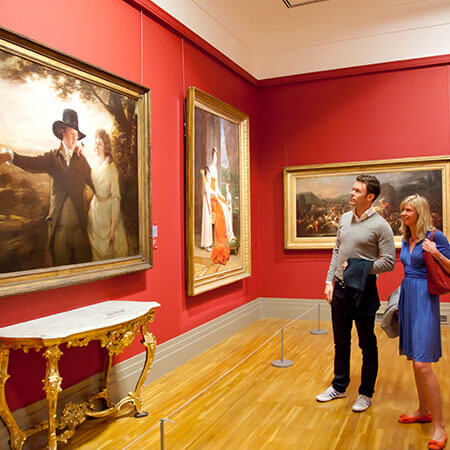
live
Art galleries in Dublin
Dublin is graced with a wide variety of galleries and most of them are free entry!
Dublin.ie – https://dublin.ie/live/things-to-do/museums/
One of the big benefits of living in Dublin is the huge choice of world-class galleries, cultural attractions and museums located right on your doorstep.
Here we run through some of the best museums Dublin has to offer.
Recently voted Europe’s Leading Tourist Attraction at the prestigious World Travel Awards, EPIC explores what it means to be Irish – beyond the borders of Ireland.
20 high-tech interactive exhibitions tell the story of why so many people left Ireland and what they achieved abroad. Learn about Irish scientists, politicians, poets, artists and even outlaws from the past 1,500 years.
Discover Ireland’s rich literary heritage from past to present in the historic UCD Newman House on St Stephen’s Green. Here, you’ll discover immersive exhibitions and rare books from the National Library of Ireland. Amid some beautiful birdsong, you can also relax in the museum’s tranquil gardens and café.
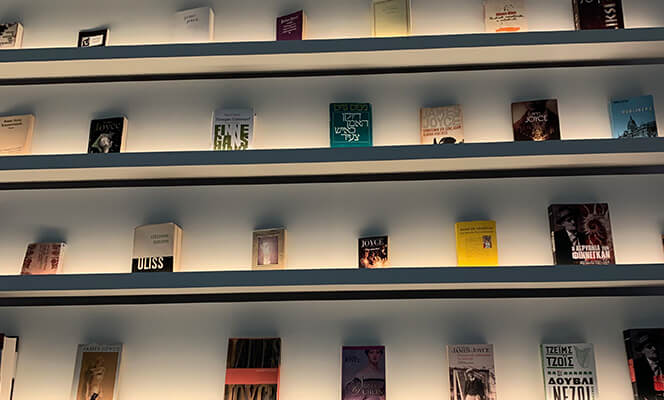
MoLI
Admission: Free
The National Museum of Ireland is split between four locations. There’s Kildare Street’s Museum of Archaeology, Merrion Street’s Museum of Natural History, Collins Barracks’ Museum of Decorative Art and History and the Museum of Country Life in county Mayo. From ancient bog bodies to gargantuan whale skeletons, the three museums in Dublin offer something to suit every taste.
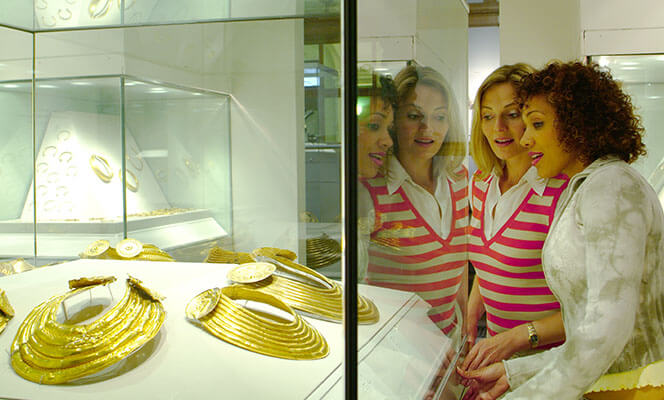
NMI
The Little Museum is a little different to most Dublin museums. Established in 2011, it tells the story of the city throughout the 20th century, covering the likes of women’s rights, U2, aviation and a whole lot in between. The museum occupies just an 18th-century Georgian townhouse on St Stephen’s Green and, while it might be little, it has a lot to offer.

The Little Museum of Dublin
After opening in 1796 as Dublin’s county jail, Kilmainham went on to become the setting for some of the most significant moments in Ireland’s history.
Leaders of many rebellions, including the 1916 Rising, were detained and executed here. Countless convicts were also imprisoned within these walls before their exile to Australia. Today, the building is a museum that hosts exhibitions and welcomes thousands of visitors each year.
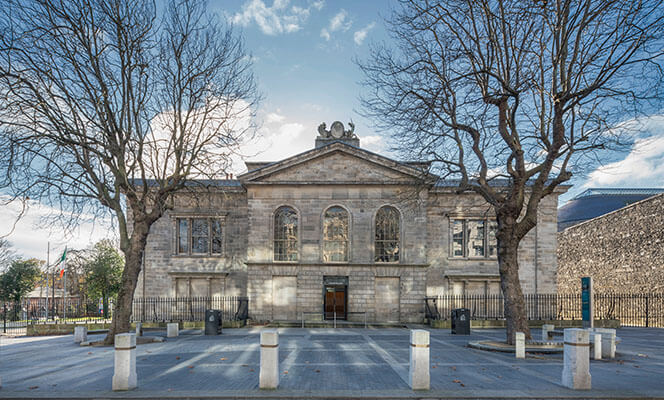
Kilmainham Gaol
Admission: Free.
Housing more than ten million books, manuscripts, newspapers, photographs, prints, maps, drawings and digital media, the National Library is home to the recorded history of Ireland. It also offers a free genealogy advisory service and hosts many events and exhibitions, including the permanent one on renowned writer W.B. Yeats.
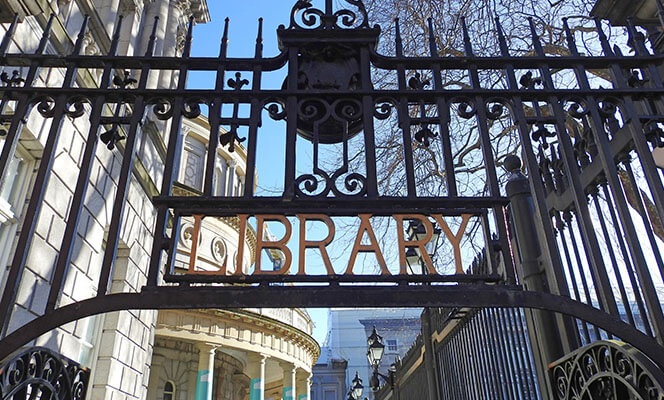
National Library of Ireland
Admission: Free
The Chester Beatty is the only museum in Dublin to have been named ‘European Museum of the Year’ – and you’ll understand why after visiting. Based in the beautiful grounds of Dublin Castle, it is home to a unique and colourful collection of Asian, Western and Islamic works.
This Dublin museum opened in 1950 to display the collection of former mining magnate and globetrotter Sir Alfred Chester Beatty. Today, it is still home to one of the finest assortments of manuscripts and books ever held by a private collector. It holds a variety of temporary exhibitions too.
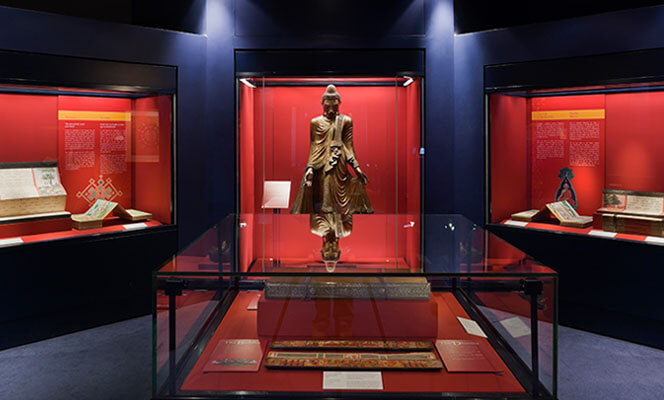
Chester Beatty
For anyone curious about Dublin’s Viking and medieval past, Dublinia is a dream. The museum is based in Christ Church at the epicentre of medieval Dublin and is full of interactive exhibits. There’s Viking warships, medieval skeletons and an ancient tower with a bird’s-eye view of the city. Dublinia truly offers a trip back in time.
Dublin’s tenement history is present in many pieces of famous Irish literature. But, among the magnificent Georgian houses that remain throughout the city today, there is little to suggest that some of them became 20th century slums. However, 14 Henrietta Street remembers the conditions of Dublin’s recent past that are unrecognisable today. It’s well worth a visit.
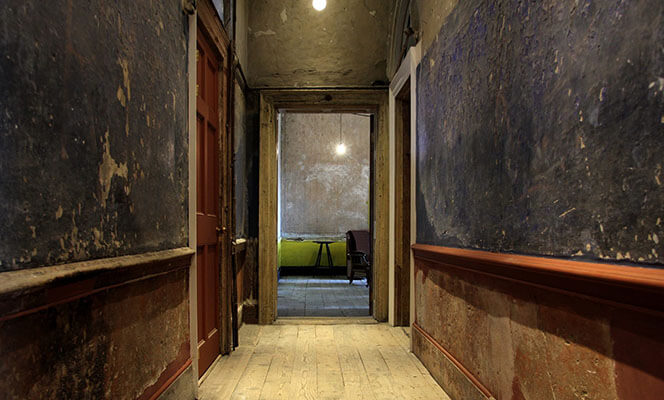
Henrietta Street Tenement Museum
Experience Glasnevin is the place to go if you want to track down the records of any Dublin-based ancestors. 1.5 million people are buried here – that’s equal to around a third of Ireland’s current population!
As well as generations of locals, some of the biggest names in Irish history are buried here. Michael Collins, Constance Markievicz, Brendan Behan, Maud Gonne, Gerard Manley Hopkins and Eamonn de Valera are all laid within these walls. Their stories and more are told in the cemetery museum, where you can also grab a bite to eat.
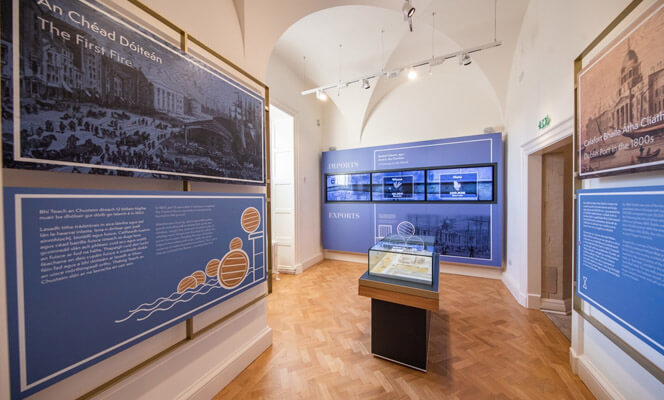
Custom House Visitor Centre
This architectural icon stands on the Liffey quays, which were once Ireland’s major trade route to the wider world. The architect James Gandon completed the building, a masterpiece of European neoclassicism, in 1791. The Custom House witnessed not only the development of a great city, but also some of the most turbulent milestones in its history. The stories of the building, the burning of 1921 and restoration of Dublin’s Custom House are now brought to life in a new and fascinating exhibition, revealing a rich, many-layered story that spans over 200 years.
For sports fans, Dublin’s Croke Park offers stadium tours, rooftop walks and a GAA Museum which explores the history of Ireland’s native sports. The interactive exhibits introduce the history and heritage of Gaelic games, such as Gaelic football, hurling, handball and camogie.
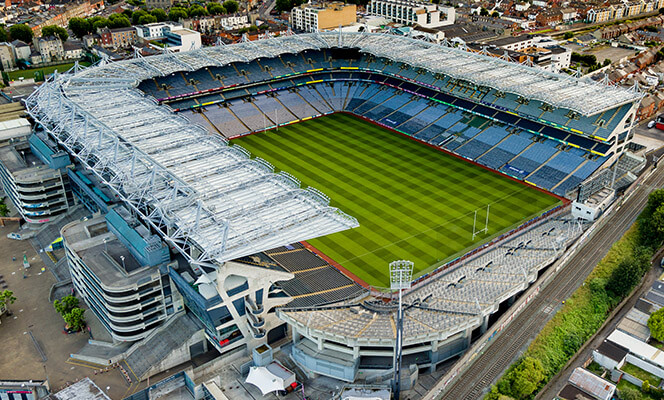
Croke Park
Admission: Free.
The National Print Museum aims to champion print and its impact throughout the world. The museum features everything from old-fashioned printing presses to contemporary prints. From the suffrage movement to the fight for Irish independence, its temporary exhibitions often focus on historical moments that the printed word played a role in.
The 1916 Rising is one of the most famous events to ever take place in Ireland. It echoes throughout many Dublin museums and attractions – and Richmond Barracks is no exception. 3,000 revolutionaries involved in the rebellion were held here. Among them were the signatories of the Proclamation of the Irish Republic and 77 leading female rebels.

Richmond Barracks
The Museum of Curiosities is Dublin’s most unusual destination – a two-floor labyrinth of strange artefacts, eerie objects and peculiar histories. Located at 35 Pembroke Street Lower, just a short walk from St Stephen’s Green and Merrion Square Park, this living cabinet of curiosities features a two-headed cow, mummified remains, haunted dolls, sorrowful clowns, Victorian relics, weird taxidermy, antique medical devices and objects that defy explanation.

The Museum of Curiosities

Dublin is graced with a wide variety of galleries and most of them are free entry!
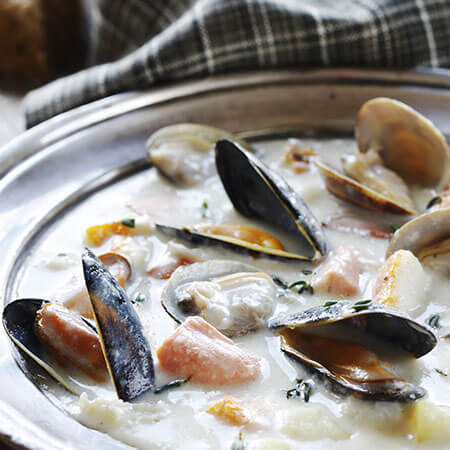
While the city has always been internationally known for its liquid exports, Dublin’s food scene has also come along in leaps and bounds in recent years. The delicious and reasonably priced food on offer is just one of the many perks of life in the city. For newcomers, here’s an introductory guide to food and drink in Dublin. The Dublin food scene With four Michelin-star restaurants, Dublin has its fair share of fine dining experiences. However, you don’t need to go to top-class eateries to g

Dublin city is no concrete jungle: it’s dotted with open spaces where you can stretch your legs, get some fresh air and soak up nature. It’s just one of the many perks of Dublin life. Here’s an introduction to just a few of the city’s best parks and gardens. Dublin Parks The city’s most notable outdoor space is the Phoenix Park, which is one of the largest urban parks in Europe. Its 11km long perimeter wall encloses 1,752 acres of parkland. (This is more than twice the size of New York’s Central Park.)